Norway-based fishing company’s technology can gather scallops without damaging them or the marine floor
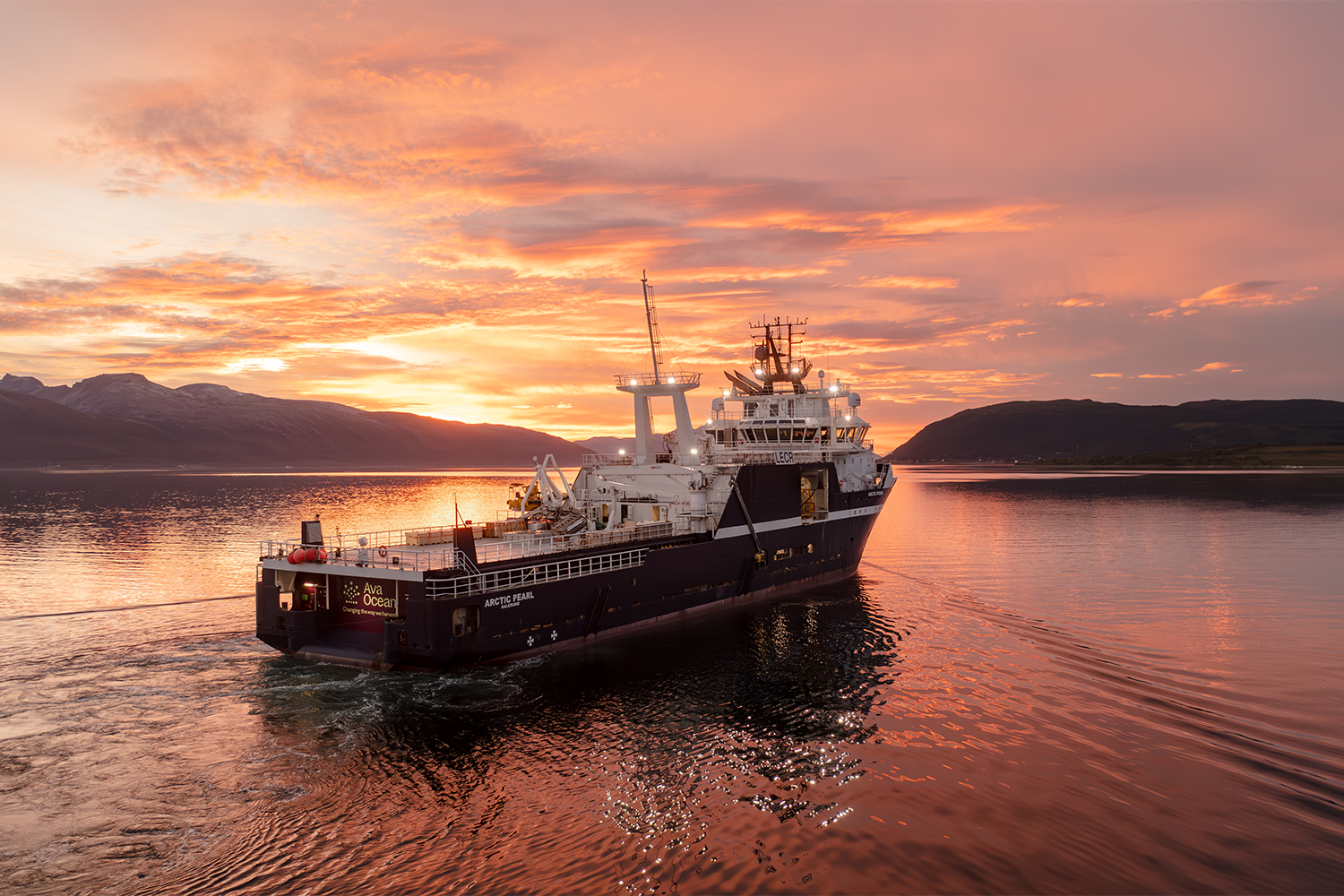
Back in 2016, Ava Ocean CEO Øystein Tvedt and the other five company founders wondered if they could develop a scallop harvesting technology that would entice the Norwegian government to reopen the scallop fishery in the Barents Sea, which since 1993 had been closed due to a ban on scallop dredging.
Working with the scientific community on the country’s vast coastline, the team developed a new harvesting technology that could target, harvest and pick scallops from the seabed without damaging the ecosystem or catching unwanted species or smaller shellfish.
The company’s selective “shellfish picker,” which uses a water pump to gently gather Arctic scallops into a suspended basket without damaging the seabed or extracting unwanted species or smaller shellfish, is a fisheries-category finalist for the Global Seafood Alliance’s Responsible Seafood Innovation Award.
The Arctic Pearl fishing vessel is now proving its worth: It has spent the past nine months in the Barents Sea, where it can harvest up to 100 metric tons (MT) of scallops per day.
“When it comes to fishing on the seabed compared to fish living in the water, it’s really important to look not just at the impact you have on the scallops, but also how you impact the sediment and the ecosystem,” Tvedt told the Advocate. “That’s special for seabed fisheries compared to all other types of fisheries, because they are so fundamentally connected to the seabed. As a result, you need a harvesting solution with a high level of sustainability.”
Ava Ocean’s harvesting system operates just above the seabed. Its pumping system creates a water flow that lifts scallops from the seabed and places them in a basket.
“We call it precision harvesting because we know instantly if we’re harvesting in an area where there are scallops, or not,” Tvedt said. “This way we can avoid impacting areas where there are no scallops.”
The vessel registers its catch daily, removing a sustainable yield of stock and registering the density and catch rate in the area to gain an understanding of the scallop population there.
“Together with regulators, we assess how much we can harvest before we have to slow down. So, the key to preventing overfishing is this combination of technology that leaves behind the small scallops, doesn’t impact the seabed sediment and is combined with proper governmental fishing management and regulation,” he said.
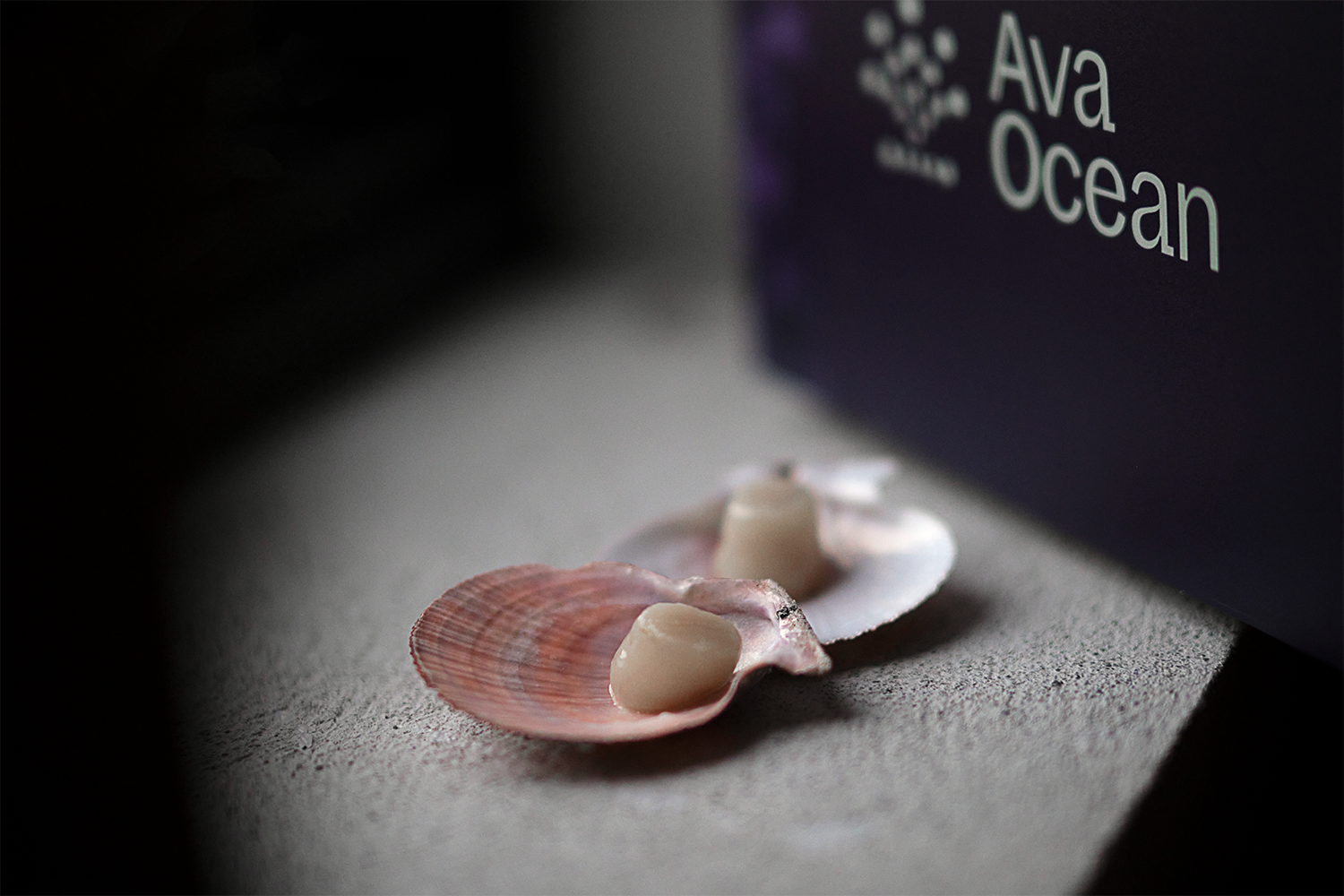
Advanced camera technology enables the crew to monitor the seabed in real-time during the harvesting process, and combined with sensors in the basket, it prevents the pump from becoming entangled with obstacles on the ocean floor.
Once the pump and basket are in place on the seabed, Ava Ocean adjusts the pressure on the water pump to prevent the collection of bycatch, rocks and scallops that are smaller than the minimum required measurement of 6 centimeters. The company tested its technology with the Marine Institute of Norway and was able to prove that it had close to zero impact on smaller scallops that were released from the basket. When testing was completed, Ava Ocean was granted the first new license to harvest Arctic scallops.
With the license secured, Ava Ocean purchased the Arctic Pearl, an 80-meter oil field supply vessel. A two-year retrofit including a new scallop factory, freezing capacity and harvesting gear cost between U.S. $15 to $20 million. Tvedt said the price tag was particularly high because of the scallop fishery’s distance from the shore.
“This is an offshore fishery between Norway and the North Pole. It takes the vessel two days to reach the fishery from Tromso, so we needed a large vessel that could accommodate a crew of 25 and operate in such a remote location,” he explained.
But the technology is highly scalable, and smaller coastal fisheries would not require a vessel the size of the Arctic Pearl. In the future, Tvedt said the company would look at retrofitting traditional scallop vessels with its harvesting solution, as well as commissioning the construction of new vessels. These solutions would potentially have lower price tags than that of the Arctic Pearl.
We call it precision harvesting because we know instantly if we’re harvesting in an area where there are scallops, or not.
“Our dream is that this harvesting solution will be used on scallop grounds across the world, and we’ll start on our second system next year,” he said. “Looking at other scallop species, we’ll take the same cautionary approach, working with local government and scientific communities to ensure the fishery is done in a sustainable manner and is operationally efficient.”
Right now, though, with Ava Ocean’s harvesting solution still new, Tvedt said he and his team are learning with each passing day.
“We have a great team of fishermen on board, pioneers using a totally new solution way up north in the cold, dark Barend Sea,” he said. “The areas where we are fishing are unforgiving, but our team is doing an amazing job adjusting, adapting and improving our solution in our startup phase.”
GSA’s Responsible Seafood Innovation Awards – sponsored by the U.S. Soybean Export Council – for the aquaculture and fisheries categories will be awarded at the Responsible Seafood Summit in Saint John, N.B., Canada, on October 3, 2023. The winner will be decided by an audience poll.
Now that you've reached the end of the article ...
… please consider supporting GSA’s mission to advance responsible seafood practices through education, advocacy and third-party assurances. The Advocate aims to document the evolution of responsible seafood practices and share the expansive knowledge of our vast network of contributors.
By becoming a Global Seafood Alliance member, you’re ensuring that all of the pre-competitive work we do through member benefits, resources and events can continue. Individual membership costs just $50 a year.
Not a GSA member? Join us.
Author
-
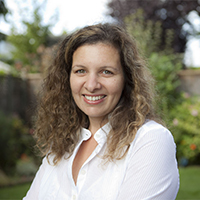
Lauren Kramer
Vancouver-based correspondent Lauren Kramer has written about the seafood industry for the past 15 years.
Related Posts
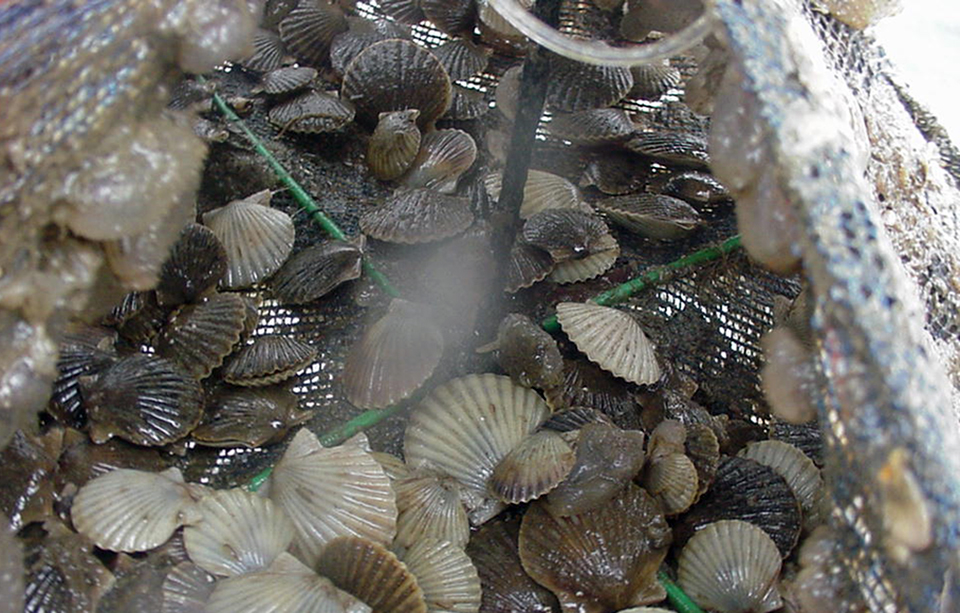
Health & Welfare
Benzopyrene, a polycyclic aromatic hydrocarbon, found to harm bay scallops
A study has found that benzopyrene, a carcinogenic polycyclic aromatic hydrocarbon (PAH), can have toxic effects on bay scallops.
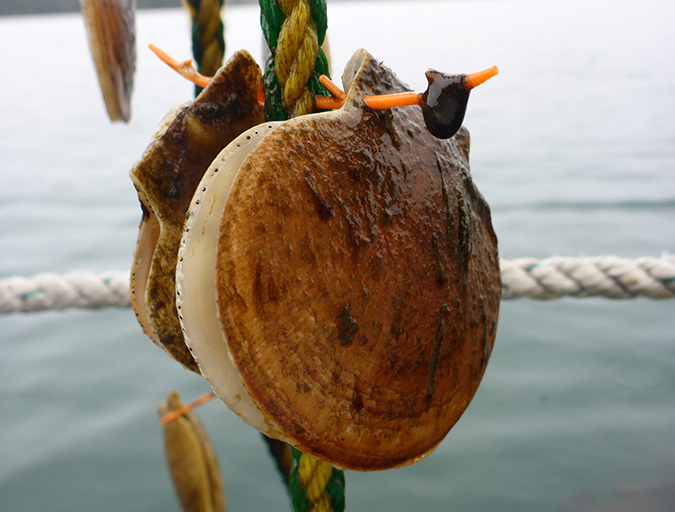
Innovation & Investment
Maine scallop farmers get the hang of Japanese technique
Thanks in part to a unique “sister state” relationship that Maine shares with Aomori Prefecture, a scallop farming technique and related equipment developed in Japan are headed to the United States. Using the equipment could save growers time and money and could signal the birth of a new industry.
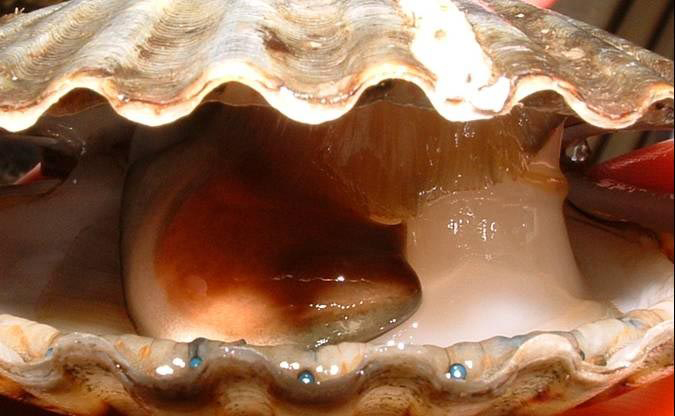
Health & Welfare
Lab studies genes involved with growth, development of bay scallops
In the 1960s, scientists identified bay scallops as a candidate for aquaculture and established many of the techniques behind current culture methodologies.
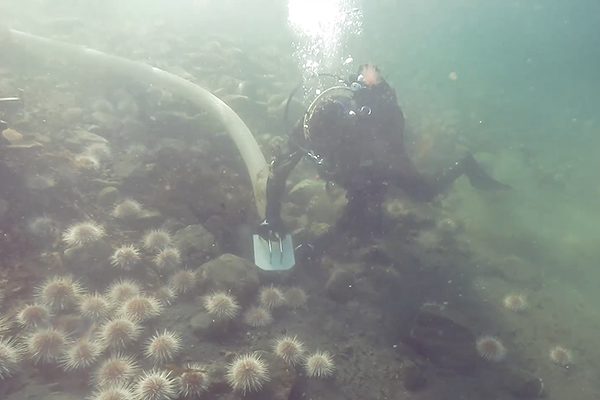
Intelligence
The seafood technology we didn’t know we needed: a sea urchin vacuum
An Indigenous business operating in Atlantic Canada is testing a sea urchin vacuum developed by C Robotics to improve harvesting efficiency.


